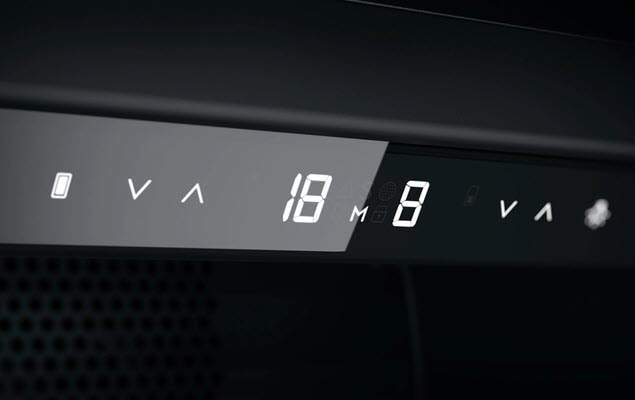1. Remove debris
At least once a year, all bottles should be removed from the cabinet and the internal unit examined for any dirt, styrofoam beads, straw, etc. These often adhere to the bottles and then drop into the cabinet and can obstruct any drain holes that might be inside the cabinet. So dust and brush any particles away.2. Clean the inside of your wine cabinet
Using a solution of warm water and white vinegar (or sodium bicarbonate) and a soft cloth, wash the walls and shelves and then let them dry before loading the wine back into the cabinet. If you’re cabinet has internal drain holes through which condensate water from the evaporator runs, this hole must be kept clear and clean. Add a few drops of disinfectant to some water and flush the hole then clean with a pipe cleaner – never use a sharp or pointed instrument.3. Vacuum the exterior
It is also important that the external components of your cabinet are tended to as well – so cleaning of the walls, dusting of any external components (condenser coils, compressors and compressor compartment) – should also be done at this time. These external can be done more efficiently with a vacuum cleaner. Make sure that the electrical cord is not damaged or compromised and is securely plugged in. With increasing sensitive power boards in the cabinets it is advisable to have a surge protector in place to avoid the boards being damaged by power surges.4. Maintain the cellar door and seal
The sealing strip around the door must be cleaned regularly to prevent discolouration and prolong service life. Use clean water and clean all the indentations within the seal as well. After cleaning make sure that it continues to provide a tight seal.5. Your wine loves your wine cabinet, but so does mould
This is also a good occasion to look for any mould that might be growing inside. Mould is an air borne spore so can easily enter the cabinet. It loves warm, damp and dark so a wine cabinet provides the perfect environment for spore propagation. If you find traces of mould you need to make a solution of vinegar and water (50/50) and wash the walls and shelves and carefully wipe the bottles as well in order to kill the spores. Let them dry and then repeat the process with the sodium bicarbonate process as discussed above.6. Reorganise your cellar for drinking and ageing
At this time you can re-evaluate which wines should be moved forward as they have approached drinking age and which bottles should be stored away for longer periods – so housekeeping also assists record-keeping of what wines you have, where (in the cabinet) they are located as well as quantities, and therefore helps you update your cellar data and your Vintec Club “Virtual Cellar Management Tool”.Any cellar and wine cabinet needs maintenance, and as with all products, the care you take will ensure longer life and limit any unnecessary problems.
Read These Articles Next

How to choose a good wine cabinet
Whether you like to drink your wine young or let it age gracefully, it is a well-known fact that you must store it in a climate-controlled environment if you want to protect it from spoiling.

Wine climate control systems: Compressors vs. Thermoelectric
We are often asked what the best refrigeration system is when looking for a wine cabinet: compressor technology or thermoelectric cooling?

What’s corked wine?
Widely discussed but often misunderstood, cork taint is a single, specific wine fault. Here’s how to identify corked wine – and what you can do about it. Without realizing it, you have probably tasted corked wine. You might have eaten corked bananas too, or even drunk corked coffee. In each case, the same culprit is responsible, a malodorous chemical known as TCA, or trichloroanisole.

Six expert tips for cellar care
As with any household items, housekeeping is essential for the long-term efficiency of your wine cabinet. It’s also the perfect opportunity to reorganise your cellar based on your “drink now” and “drink later” wines, and to update your Vintec Club virtual cellar management tool.

